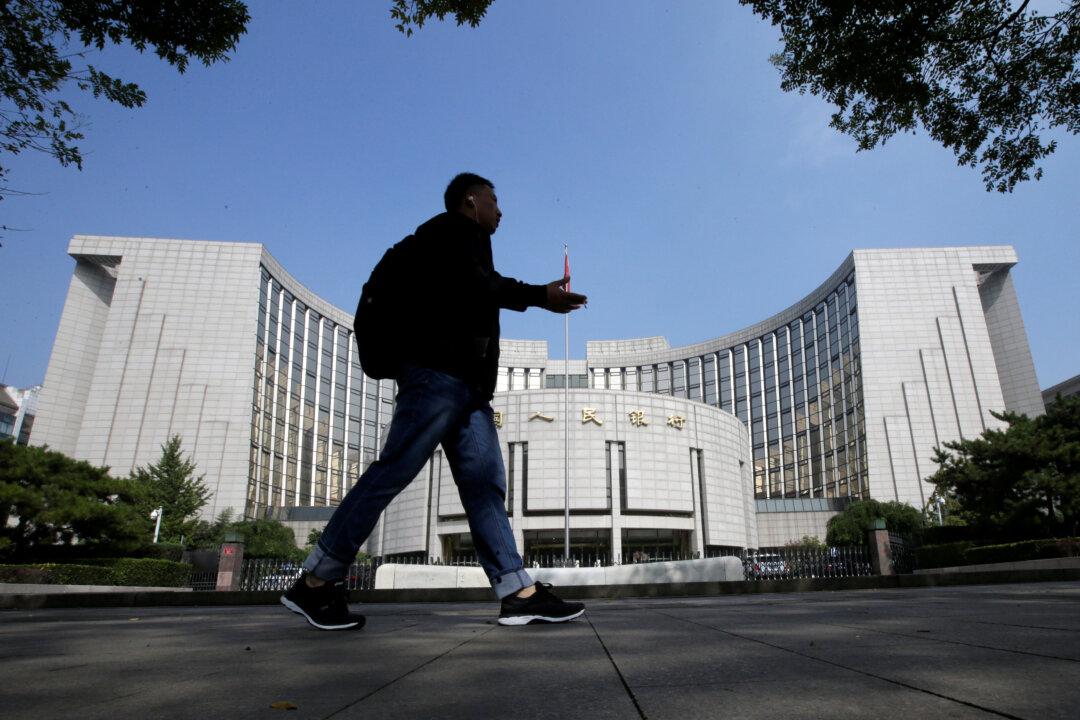News Analysis
China announced fresh, deep cuts to bank reserve requirements in an effort to provide more economic stimulus and increase liquidity as economic slowdown worsens.

China announced fresh, deep cuts to bank reserve requirements in an effort to provide more economic stimulus and increase liquidity as economic slowdown worsens.